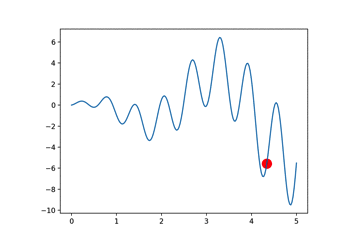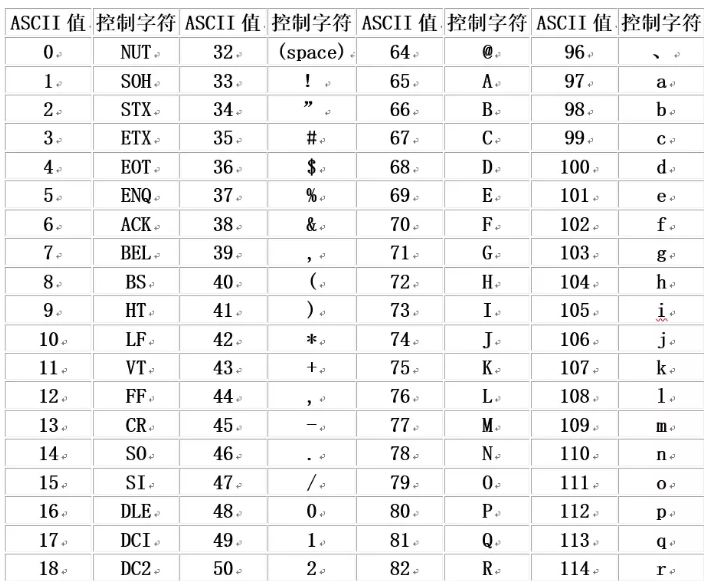1
2
3
4
5
6
7
8
9
10
11
12
13
14
15
16
17
18
19
20
21
22
23
24
25
26
27
28
29
30
31
32
33
34
35
36
37
38
39
40
41
42
43
44
45
46
47
48
49
50
51
52
53
54
55
56
57
58
59
60
61
62
63
64
65
66
67
68
69
70
71
72
73
74
75
76
77
78
79
80
81
82
83
84
85
86
87
88
89
90
91
92
93
94
95
96
97
98
99
100
101
102
103
104
105
106
107
108
109
110
111
112
113
114
115
116
117
118
119
120
121
122
123
124
125
126
127
128
129
130
131
132
133
134
135
136
137
138
139
140
141
142
143
144
145
146
147
148
149
150
151
152
153
154
155
156
157
158
159
160
161
162
163
164
165
166
167
168
169
170
171
172
173
174
175
176
177
178
179
180
181
182
183
184
185
186
187
188
189
190
191
192
193
194
| import matplotlib.pyplot as plt
import numpy as np
N_CITIES = 20
CROSS_RATE = 0.1
MUTATE_RATE = 0.02
POP_SIZE = 500
N_GENERATIONS = 500
class GA(object):
def __init__(self,DNA_size,cross_rate,mutation_rate,pop_size):
self.DNA_size = DNA_size
self.cross_rate = cross_rate
self.mutate_rate = mutation_rate
self.pop_size = pop_size
self.pop = np.vstack([np.random.permutation(DNA_size) for i in range(pop_size)])
def translateDNA(self,DNA,city_position):
line_x = np.empty_like(DNA, dtype=np.float64)
line_y = np.empty_like(DNA, dtype=np.float64)
for i, d in enumerate(DNA):
city_coord = city_position[d]
line_x[i, :] = city_coord[:, 0]
line_y[i, :] = city_coord[:, 1]
return line_x, line_y
def get_fitness(self,line_x,line_y):
total_distance = np.empty((line_x.shape[0],), dtype=np.float64)
for i, (xs, ys) in enumerate(zip(line_x, line_y)):
total_distance[i] = np.sum(np.sqrt(np.square(np.diff(xs)) + np.square(np.diff(ys))))
fitness = np.exp(self.DNA_size * 2 / total_distance)
return fitness, total_distance
def select(self, fitness):
idx = np.random.choice(np.arange(self.pop_size), size=self.pop_size, replace=True, p=fitness / fitness.sum())
return self.pop[idx]
def crossover(self, parent, pop):
if np.random.rand() < self.cross_rate:
i_ = np.random.randint(0, self.pop_size, size=1)
cross_points = np.random.randint(0, 2, self.DNA_size).astype(np.bool)
keep_city = parent[~cross_points]
swap_city = pop[i_, np.isin(pop[i_].ravel(), keep_city, invert=True)]
parent[:] = np.concatenate((keep_city, swap_city))
return parent
def mutate(self, child):
for point in range(self.DNA_size):
if np.random.rand() < self.mutate_rate:
swap_point = np.random.randint(0, self.DNA_size)
swapA, swapB = child[point], child[swap_point]
child[point], child[swap_point] = swapB, swapA
return child
def evolve(self, fitness):
pop = self.select(fitness)
pop_copy = pop.copy()
for parent in pop:
child = self.crossover(parent, pop_copy)
child = self.mutate(child)
parent[:] = child
self.pop = pop
class TravelSalesPerson(object):
def __init__(self,n_cities):
self.city_position = np.random.rand(n_cities,2)
def plotting(self,lx,ly,total_d):
plt.cla()
plt.scatter(self.city_position[:,0].T,self.city_position[:,1].T,s = 100,c = 'k')
plt.plot(lx.T,ly.T,'r-')
plt.text(-0.05, -0.05, "Total distance=%.2f" % total_d, fontdict={'size': 20, 'color': 'red'})
plt.xlim((-0.1, 1.1))
plt.ylim((-0.1, 1.1))
plt.pause(0.01)
ga = GA(DNA_size=N_CITIES, cross_rate=CROSS_RATE, mutation_rate=MUTATE_RATE, pop_size=POP_SIZE)
env = TravelSalesPerson(N_CITIES)
for generation in range(N_GENERATIONS):
lx, ly = ga.translateDNA(ga.pop, env.city_position)
fitness, total_distance = ga.get_fitness(lx, ly)
ga.evolve(fitness)
best_idx = np.argmax(fitness)
print('Gen:', generation, '| best fit: %.2f' % fitness[best_idx],)
env.plotting(lx[best_idx], ly[best_idx], total_distance[best_idx])
plt.ioff()
plt.show()
|



